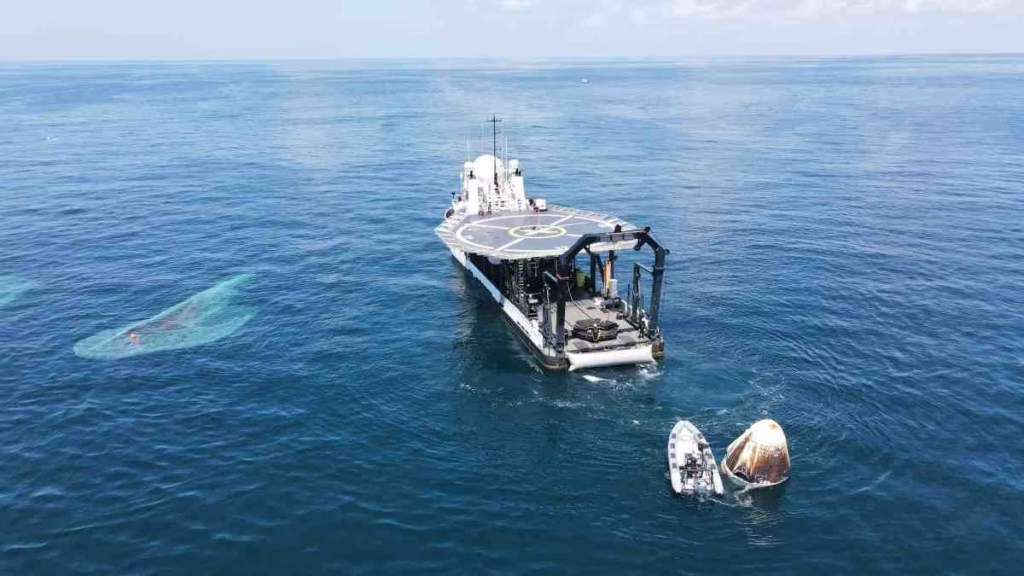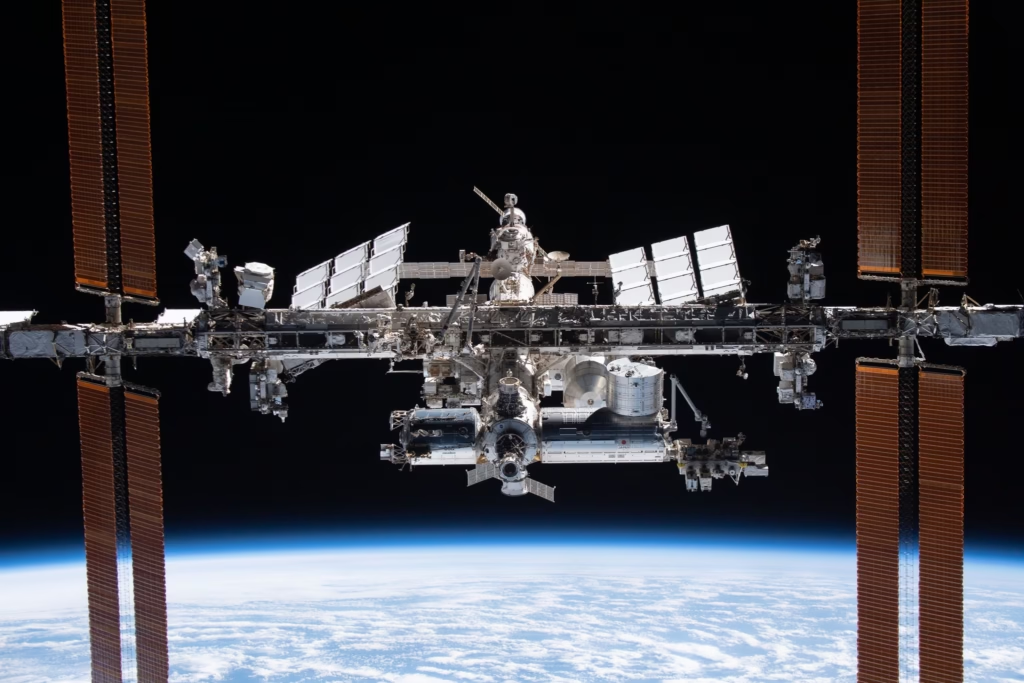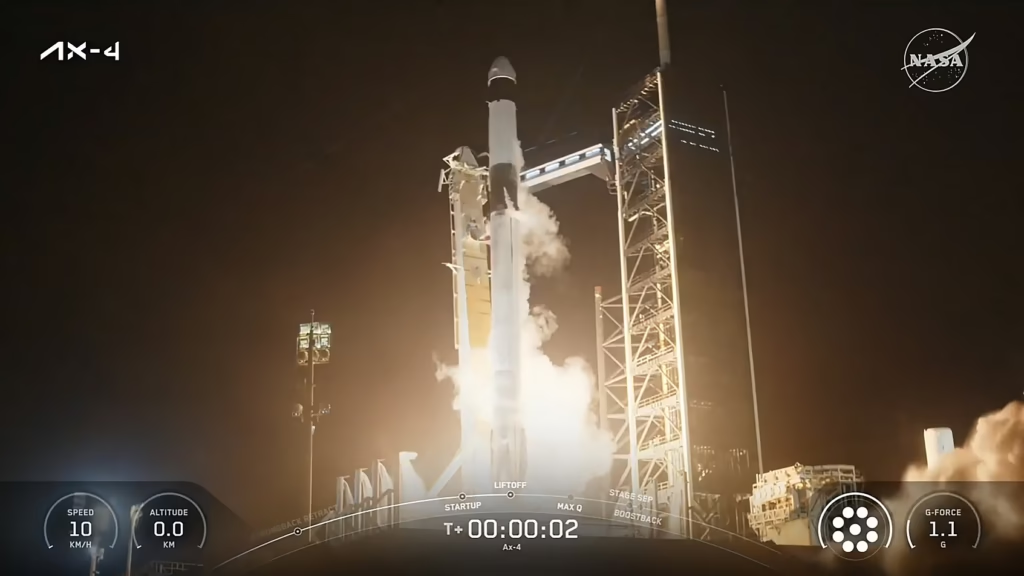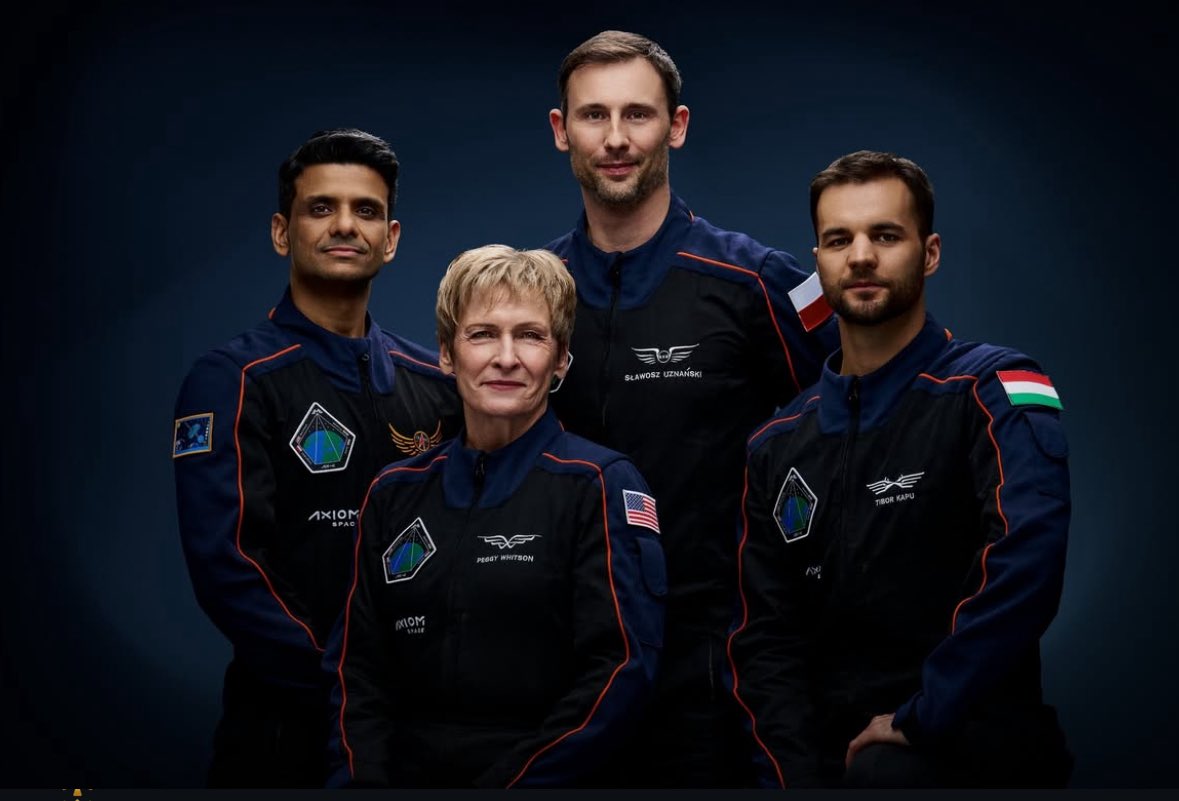Did Shubhanshu Shukla land in the Pacific Ocean? Yes—his Crew Dragon Grace capsule splashed down in the Pacific Ocean near California. Read full details with technical deorbiting process, during landing and after medical checks protocols etc.

Did Shubhanshu Shukla Land in the Pacific Ocean: An Introduction
Indian astronaut Shubhanshu Shukla recently returned to Earth after completing a milestone mission aboard the International Space Station (ISS). As excitement about his historic journey grows, one of the most frequently asked questions has been: Did Shubhanshu Shukla land in the Pacific Ocean or Gulf of Mexico?
The short and accurate answer is: Shubhanshu Shukla landed in the Pacific Ocean, near the California coast, close to areas such as Los Angeles, Oceanside, or San Diego.
In this article, we will explore the complete details of his return, the significance of the landing site, how the return operation worked, and why this mission is a turning point in India’s space journey.
Who Is Shubhanshu Shukla?
Shubhanshu Shukla is an Indian astronaut selected for a commercial mission to the ISS. His flight was part of an international collaboration involving NASA, SpaceX, and Axiom Space. He became one of the few Indian astronauts to reach the International Space Station, following in the footsteps of pioneers like Rakesh Sharma and Sunita Williams.
Trained under rigorous international spaceflight programs, Shukla’s participation marked a bold step for India’s engagement in commercial and international space missions. His journey involved scientific experiments, space-based technology testing, and cultural representation aboard the ISS.
Overview of the ISS Return Process
Did Shubhanshu Shukla land in the Pacific Ocean- To understand Shubhanshu Shukla’s splashdown, it’s essential to know how astronauts return from the ISS. Here’s a general process:
- Undocking from the International Space Station using a return vehicle (in this case, SpaceX’s Crew Dragon).
- Performing a deorbit burn, which slows the spacecraft down and allows it to begin its descent toward Earth.
- Atmospheric reentry, where the spacecraft heats up due to friction with Earth’s atmosphere.
- Deployment of parachutes to slow down the descent.
- A splashdown in the ocean, where recovery ships and helicopters are on standby.
Did Shubhanshu Shukla Land in the Pacific Ocean ?
Yes, Shubhanshu Shukla land in the Pacific Ocean, off the coast of California. The precise splashdown zone was monitored and selected based on weather conditions, sea state, and NASA/SpaceX recovery logistics.
The landing occurred near Oceanside, San Diego, or Los Angeles, depending on the pre-approved zones. These Pacific splashdown sites have become increasingly common for commercial crew returns, especially those launched or supported by SpaceX and Axiom Space from NASA’s Kennedy Space Center in Florida.
The Crew Dragon capsule returned smoothly and was recovered by teams aboard specialized ships operated by SpaceX.
Why the Pacific Ocean Was Chosen for the Landing
Although earlier SpaceX and NASA missions often landed in the Gulf of Mexico or Atlantic Ocean, the Pacific Ocean was selected for Shubhanshu Shukla’s mission due to specific mission parameters and ideal recovery conditions.
1. Favorable Sea and Weather Conditions
The waters off California’s coast offered optimal conditions at the time of landing. Calm seas, mild wind speeds, and clear visibility ensured a safe splashdown.
2. Strategic Mission Timing
Landing windows are selected based on Earth’s orbit alignment with the ISS. This timing made the Pacific coast more ideal than other zones.
3. Proximity to Medical and Recovery Facilities
The landing zone was close to California’s advanced medical and aerospace facilities. Shubhanshu Shukla and his crew were quickly transported to these centers for post-landing evaluations.
4. Enhanced Security and Recovery Support
The Pacific region had robust support from U.S. Coast Guard and SpaceX recovery teams. The operation was coordinated to ensure quick retrieval and crew safety.
Shubhanshu Shukla’s Return Timeline
Let’s look at how the return unfolded step by step:
1. Undocking
Shubhanshu and his international crew departed the ISS inside the Crew Dragon spacecraft, separating from the space station through a slow, automated process.
2. Deorbit Burn
After undocking, the capsule completed a deorbit burn — a controlled engine maneuver — which began its descent toward Earth.
3. Reentry into Earth’s Atmosphere
As the capsule entered Earth’s atmosphere, it experienced extreme temperatures of over 1,600°C. The heat shield absorbed and deflected the energy to protect the crew.
4. Parachute Deployment
After high-speed reentry, two drogue parachutes deployed to stabilize the capsule, followed by four large main parachutes, which slowed it down to a safe splashdown speed.
5. Splashdown in the Pacific Ocean
The capsule touched down softly in the Pacific Ocean. SpaceX’s recovery ship, stationed nearby, moved in to retrieve the capsule and astronauts.
The Recovery Process in the Pacific
Once the Crew Dragon capsule was in the water, recovery procedures began immediately:
- Divers secured the capsule to ensure stability.
- A crane lifted the capsule onto the recovery vessel.
- Medical personnel boarded to check each astronaut’s vital signs.
- The crew was transferred to an onboard medical unit, then to a helicopter or transport aircraft for movement to the post-flight medical facility.
This seamless process ensured that Shubhanshu Shukla and his teammates returned to Earth in excellent condition.
What Happens After Landing?
Following recovery, several critical steps are taken to ensure astronaut safety and mission debriefing:
Medical Evaluation
Every astronaut undergoes a detailed medical examination to check for dehydration, bone density loss, and cardiovascular stress caused by microgravity.
Debriefing and Data Collection
Mission scientists gather feedback from the crew regarding equipment performance, biological experiments, and space environment impact.
Physical Rehabilitation
Astronauts like Shubhanshu undergo a reconditioning program to help their bodies adjust back to Earth’s gravity.
Public Communication
After a short recovery period, astronauts usually address the media and public, sharing insights about the mission and experiences aboard the ISS.
Venturi Space Reveals- Mona Lena Lunar Rover: Europe’s Bold Step Toward the Moon
Why Shubhanshu Shukla’s Mission Matters
Shubhanshu Shukla’s space mission and return from the Pacific Ocean carry significant scientific and symbolic importance.
1. Strengthening International Collaboration
His role in an international crew showcases India’s growing role in collaborative space missions. This contributes to shared scientific progress and peaceful exploration.
2. Representation of Emerging Nations
Shukla’s mission proves that astronauts from developing nations can participate in complex space programs, breaking traditional boundaries in space exploration.
3. Boosting India’s Future Space Goals
This successful mission adds momentum to India’s Gaganyaan program and opens new avenues for Indian private and commercial space missions.
- Shubhanshu Shukla
- ISS return 2025
- Pacific Ocean splashdown
- Indian astronaut landing
- SpaceX Crew Dragon
- Oceanside splashdown
- NASA Axiom mission
- Indian spaceflight news
Did Shubhanshu Shukla land in the Pacific Ocean: Impact on Future Space Missions
The use of the Pacific Ocean as a splashdown site offers key takeaways for future missions:
- Expanded safe recovery zones reduce mission risk.
- Flexibility in choosing landing sites based on weather improves crew safety.
- Strengthened international logistics pave the way for regular commercial space travel.
As more astronauts from around the world join international missions, expect the Pacific Ocean to become a routine site for safe landings.
Did Shubhanshu Shukla Land in the Pacific Ocean : Conclusion
Did Shubhanshu Shukla land in the Pacific Ocean Shubhanshu Shukla’s return to Earth did not take place in the Gulf of Mexico, as assumed by some, but rather in the Pacific Ocean near the coast of California — a testament to modern planning and precision in spaceflight operations.
The success of this mission reinforces global trust in Crew Dragon’s technology and recovery process, while also highlighting India’s expanding footprint in space exploration.
From his launch to the ISS to his splashdown near San Diego or Los Angeles, Shubhanshu Shukla’s journey is an inspiration for a new generation of scientists, astronauts, and space enthusiasts. His landing in the Pacific marks not just the end of a mission, but the beginning of a new chapter for India in space.
Did Shubhanshu Shukla Land in the Pacific Ocean ?: FAQs
Q1. Did Shubhanshu Shukla land in the Gulf of Mexico after his ISS mission?
A: No. Shubhanshu Shukla’s spacecraft landed in the Pacific Ocean, off the coast of California, near Los Angeles, San Diego, or Oceanside. This splashdown site was selected based on optimal weather and recovery conditions.
Q2. What spacecraft did Shubhanshu Shukla use to return to Earth?
A: Shubhanshu Shukla returned aboard SpaceX’s Crew Dragon spacecraft, a modern and reusable vehicle used for transporting astronauts to and from the International Space Station.
Q3. Why was the Pacific Ocean chosen as the landing site?
A: The Pacific Ocean offered ideal splashdown conditions during the landing window. Calm sea states, proximity to California’s recovery infrastructure, and support from recovery ships made it the safest and most efficient option.
Q4. Was this Shubhanshu Shukla’s first space mission?
A: Yes, this was Shubhanshu Shukla’s first spaceflight to the ISS as part of a commercial international crew. It marked a historic moment for India’s involvement in space exploration.
Q5. How long was Shubhanshu Shukla aboard the International Space Station?
A: The mission duration depended on its scientific objectives, but such commercial missions typically last 8 to 14 days. Shukla’s time aboard the ISS involved conducting experiments, participating in outreach events, and engaging in research programs.
Q6. How was Shubhanshu Shukla recovered after landing?
A: After splashdown, SpaceX’s recovery team retrieved the capsule using a specialized ship. Medical personnel were present on board to evaluate the crew. Shubhanshu was then airlifted or transported to a NASA medical facility for post-mission checkups and recovery.
Q7. What happens to astronauts after they return from space?
A: After returning, astronauts undergo a medical evaluation, debriefing, and physical rehabilitation to help them adjust to Earth’s gravity. They also participate in press conferences and contribute to post-mission analysis.
Q8. Is Shubhanshu Shukla part of NASA or ISRO?
A: Shubhanshu Shukla was selected for an international commercial space mission coordinated by Axiom Space, in partnership with NASA and SpaceX. While he is of Indian nationality, his mission was not directly conducted by ISRO, though India is expected to benefit from the insights and experience gained.
Q9. What is the significance of Shubhanshu Shukla’s mission for India?
A: His mission is a major milestone for India’s space ambitions. It showcases the country’s readiness to participate in international spaceflight programs and supports ISRO’s upcoming human spaceflight initiatives like Gaganyaan.
Q10. Will Shubhanshu Shukla fly to space again?
A: While there is no official announcement yet, astronauts with successful missions and training are often considered for future flights, depending on mission requirements, agency partnerships, and program developments.
Axiom-4 Mission To ISS Rescheduled for June 19, 2025 After Technical Fixes-Revealed By ISRO Chief




